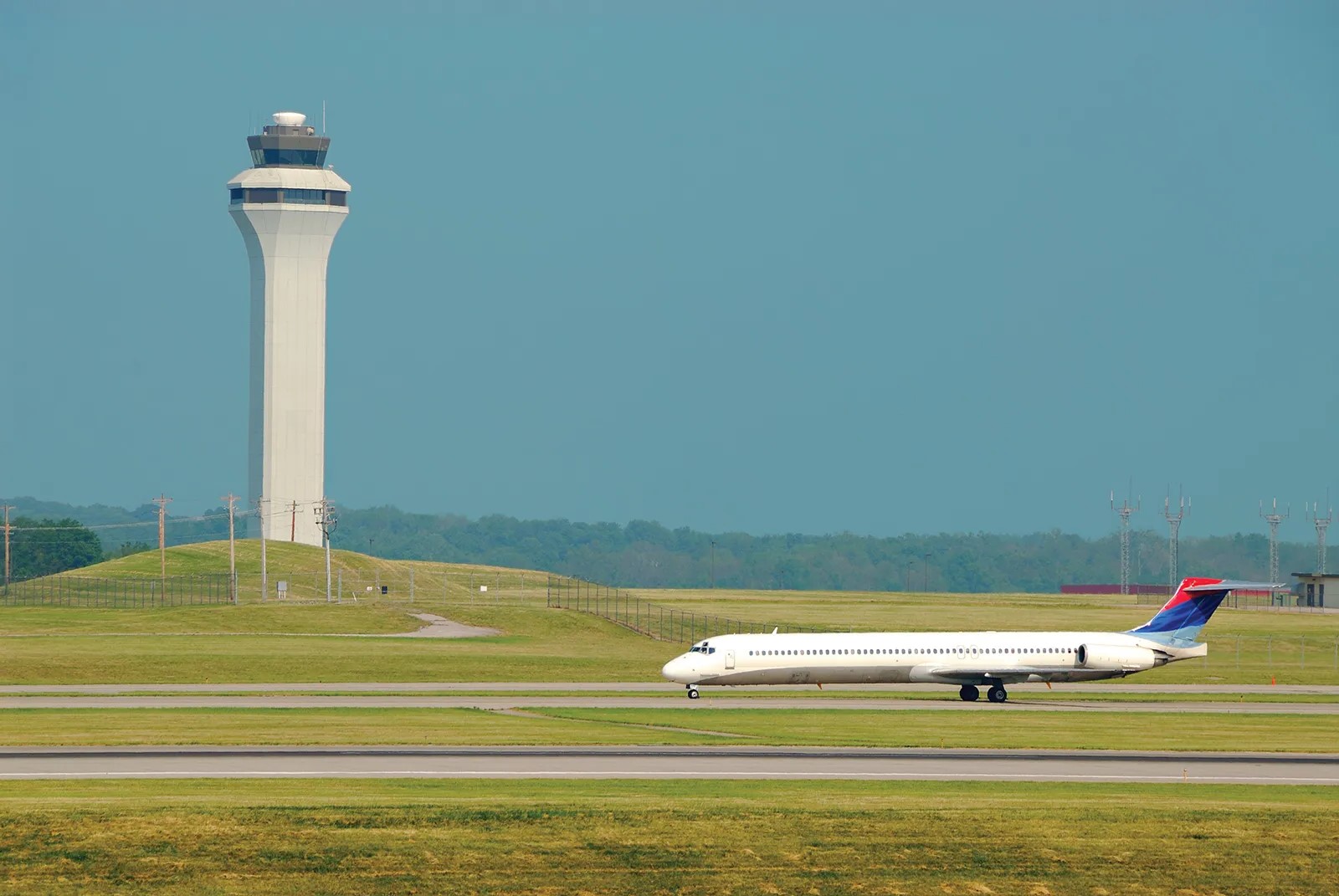
Ever wondered how planes manage to fly smoothly without colliding? Air traffic control coordination is the answer. This complex system ensures that thousands of flights navigate the skies safely every day. Controllers use radar, radios, and computers to guide aircraft, making sure they maintain safe distances from each other. They communicate with pilots, providing instructions for takeoff, landing, and in-flight maneuvers. The job requires intense concentration and quick decision-making skills. Without these unsung heroes, air travel would be chaotic and dangerous. Ready to learn more? Here are 19 fascinating facts about the world of air traffic control coordination.
Key Takeaways:
- Air Traffic Control is a vital service that uses technology and teamwork to keep aircraft safe and organized in the sky. Controllers work hard to ensure smooth and efficient air travel for everyone.
- From managing aircraft in the air to dealing with challenging weather conditions, air traffic controllers play a crucial role in keeping the skies safe. Despite the stress, many find their job rewarding and fulfilling.
What is Air Traffic Control?
Air Traffic Control (ATC) is a service provided by ground-based controllers who coordinate the movement of aircraft on the ground and in the air. Their primary goal is to prevent collisions, organize and expedite the flow of air traffic, and provide information and support for pilots.
-
ATC Origins: The first air traffic control tower was established in 1920 at Croydon Airport in London. It used flags and lights to communicate with pilots.
-
Radar Introduction: Radar technology was introduced to ATC during World War II, revolutionizing how controllers tracked aircraft.
How Does ATC Work?
ATC uses a combination of radar, radio communication, and computer systems to manage aircraft movements. Controllers work in different sectors, each responsible for a specific portion of airspace.
-
Sectors: Airspace is divided into sectors, each managed by a team of controllers. This division helps manage traffic efficiently.
-
Communication: Controllers use VHF radio frequencies to communicate with pilots, providing instructions and updates.
-
Radar Screens: Controllers monitor radar screens to track aircraft positions, speeds, and altitudes.
Types of Air Traffic Control
There are several types of ATC, each with specific responsibilities and areas of operation.
-
Tower Control: Tower controllers manage aircraft on the ground and in the immediate airspace around an airport.
-
Approach Control: Approach controllers handle aircraft as they arrive at or depart from an airport, guiding them through the initial stages of their flight path.
-
Area Control: Area controllers manage en-route aircraft, ensuring safe separation and efficient routing over large areas.
Tools and Technology in ATC
Modern ATC relies on advanced technology to ensure safety and efficiency.
-
ADS-B: Automatic Dependent Surveillance-Broadcast (ADS-B) is a technology that allows aircraft to broadcast their position to controllers and other aircraft.
-
Flight Data Processing Systems: These systems help controllers manage flight plans, track aircraft, and predict future positions.
-
Conflict Alert Systems: These systems automatically detect potential collisions and alert controllers to take action.
Challenges Faced by Air Traffic Controllers
ATC is a demanding job that requires quick thinking and precise decision-making.
-
High Stress: Controllers must manage multiple aircraft simultaneously, often in high-pressure situations.
-
Weather Conditions: Adverse weather can complicate ATC operations, requiring controllers to reroute aircraft and manage delays.
-
Airspace Congestion: Busy airspace can lead to congestion, making it challenging to maintain safe separation between aircraft.
Interesting Facts About ATC
Here are some lesser-known facts about the world of air traffic control.
-
Language: English is the international language of aviation, ensuring clear communication between pilots and controllers worldwide.
-
Shift Work: Controllers often work in shifts, including nights, weekends, and holidays, to provide 24/7 coverage.
-
Training: Becoming an air traffic controller requires extensive training, including simulations and on-the-job experience.
-
Stress Management: Controllers undergo regular stress management training to help them cope with the demands of the job.
-
Job Satisfaction: Despite the challenges, many controllers find their work rewarding, knowing they play a crucial role in aviation safety.
The Final Approach
Air traffic control coordination is a marvel of modern aviation. Controllers manage thousands of flights daily, ensuring safety and efficiency. They use radar, radio communication, and advanced software to guide planes through crowded skies. Their work prevents collisions, manages airspace congestion, and handles emergencies with precision.
Controllers undergo rigorous training and must stay calm under pressure. They work in control towers, en route centers, and approach control facilities, each with specific responsibilities. Their job is demanding but crucial for safe air travel.
Understanding air traffic control gives us a greater appreciation for the complexities behind every flight. Next time you fly, remember the skilled professionals who keep the skies safe. Their dedication and expertise make air travel possible, connecting people and places around the world. Safe travels!
Frequently Asked Questions
Was this page helpful?
Our commitment to delivering trustworthy and engaging content is at the heart of what we do. Each fact on our site is contributed by real users like you, bringing a wealth of diverse insights and information. To ensure the highest standards of accuracy and reliability, our dedicated editors meticulously review each submission. This process guarantees that the facts we share are not only fascinating but also credible. Trust in our commitment to quality and authenticity as you explore and learn with us.


